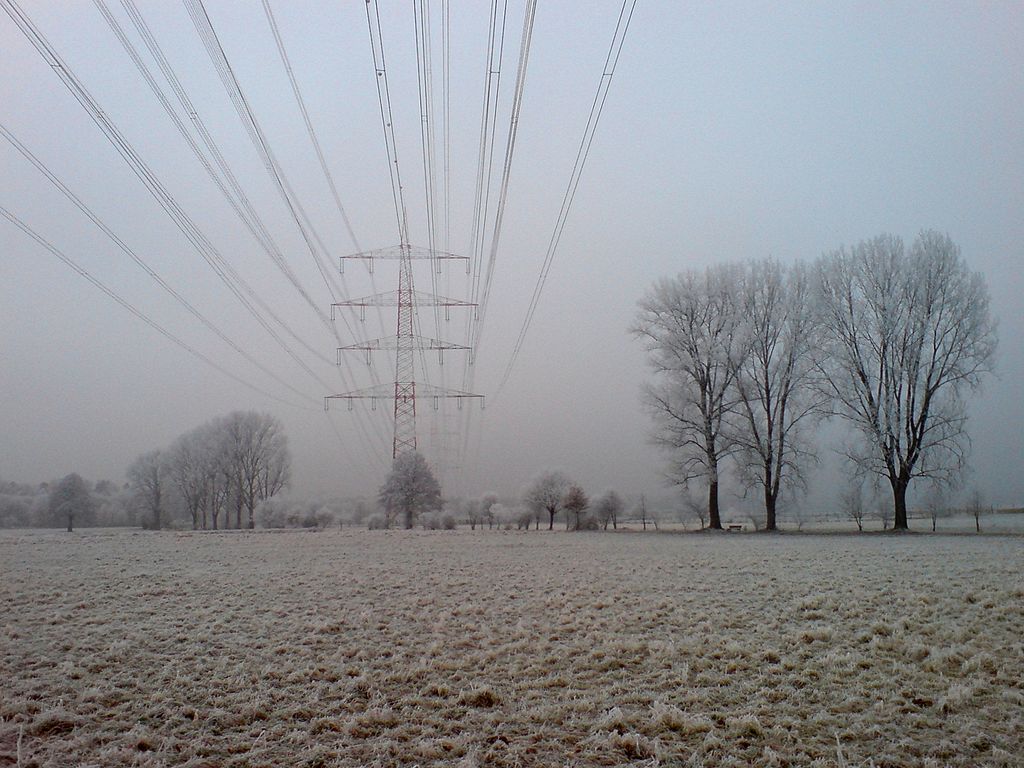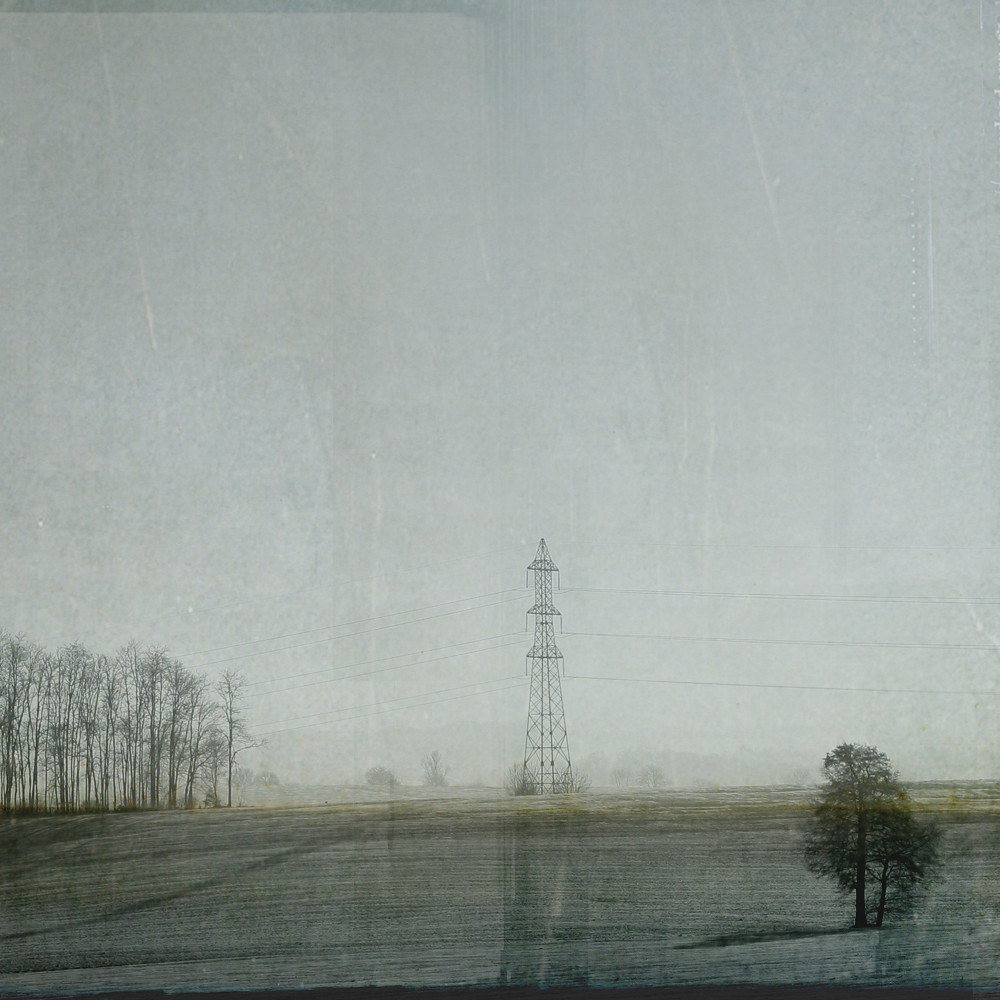.

Walkers on the Staudammkrone dam at Lüner Lake, Austria: photo by Friedrich Böhringer, 17 February 2010
All are limitory, but each has her own
nuance of damage. The elite can dress and decent themselves,
are ambulant with a single stick, adroit
to read a book all through, or play the slow movements of
easy sonatas. (Yet, perhaps, their very
carnal freedom is their spirit’s bane: intelligent
of what has happened and why, they are obnoxious
to a glum beyond tears.) Then come those on wheels, the average
majority, who endure T.V. and, led by
lenient therapists, do community singing, then
the loners, muttering in limbo, and last
the terminally incompetent, as impeccable,
improvident, unspeakable as the plants
they parody. (Plants may sweat profusely but never
sully themselves.) One tie, though, unites them: all
appeared when the world, though much was awry there, was more
spacious, more comely to look at, its Old Ones
with an audience and secular station. (Then a child,
in dismay with Mamma, could refuge with Gran
to be revalued and told a story.) As of now,
we all know what to expect, but their generation
is the first to fade like this, not at home but assigned
to a numbered frequent ward, stowed out of conscience
as unpopular luggage.
to spend half-an-hour with one, I revisage
who she was in the pomp and sumpture of her hey-day,
when week-end visits were a presumptive joy,
not a good work. Am I cold to wish for a speedy
painless dormition, pray, as I know she prays,
that God or Nature will abrupt her earthly function?
W. H. Auden (1907-1973): Old People's Home, from Epistle for a Godson, 1972

A powerline stretching over winter fields near the village of Erzhausen, Germany. Looking westward: photo by Ingolfson, December 2007

Silence / Fell / Slowly: textured photo by Marie Wintzer, 26 December 2010

A powerline stretching over winter fields near the village of Erzhausen, Germany. Looking southward. The cemetery and associated buildings to the left: photo by Ingolfson, December 2007



















